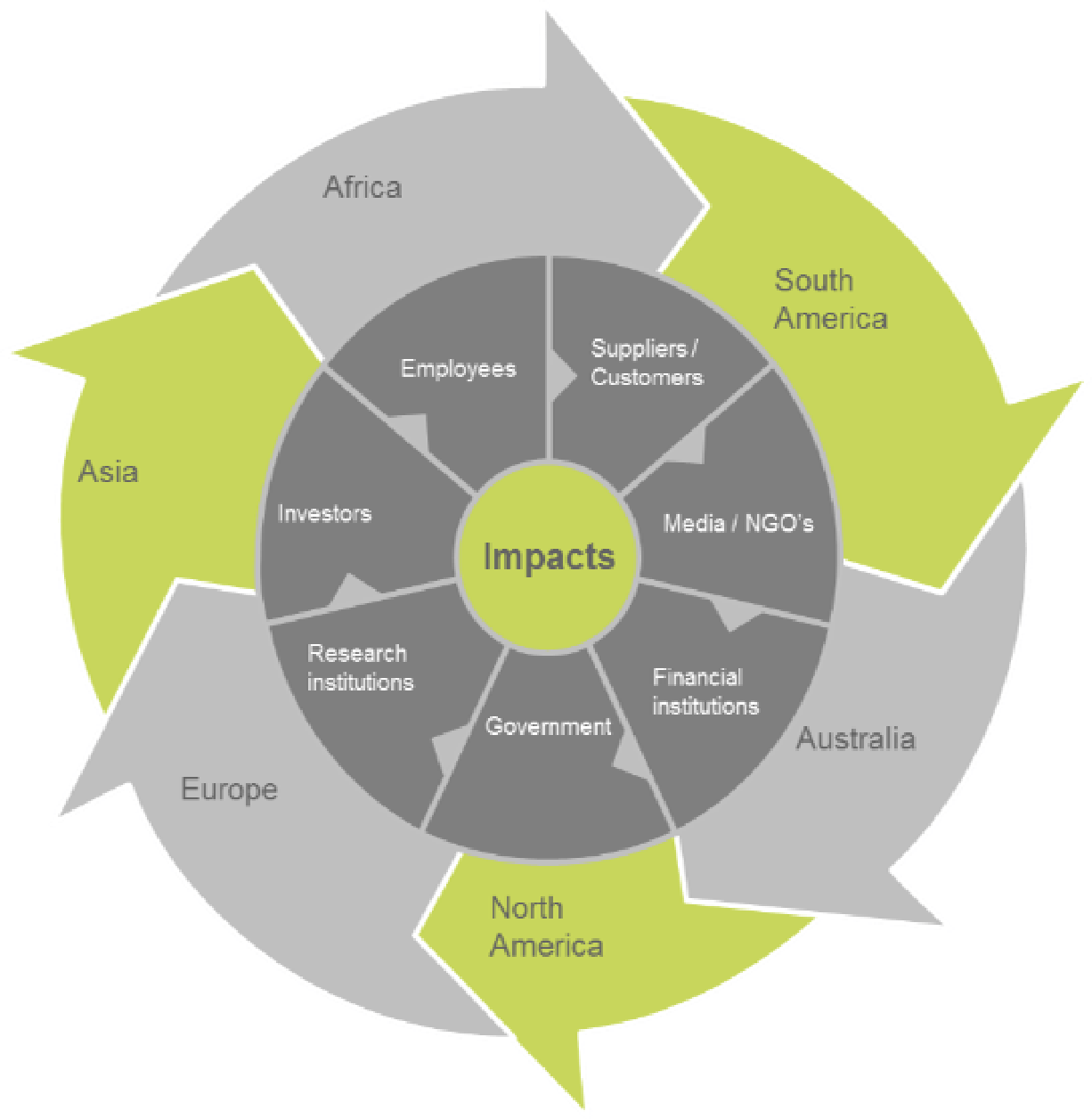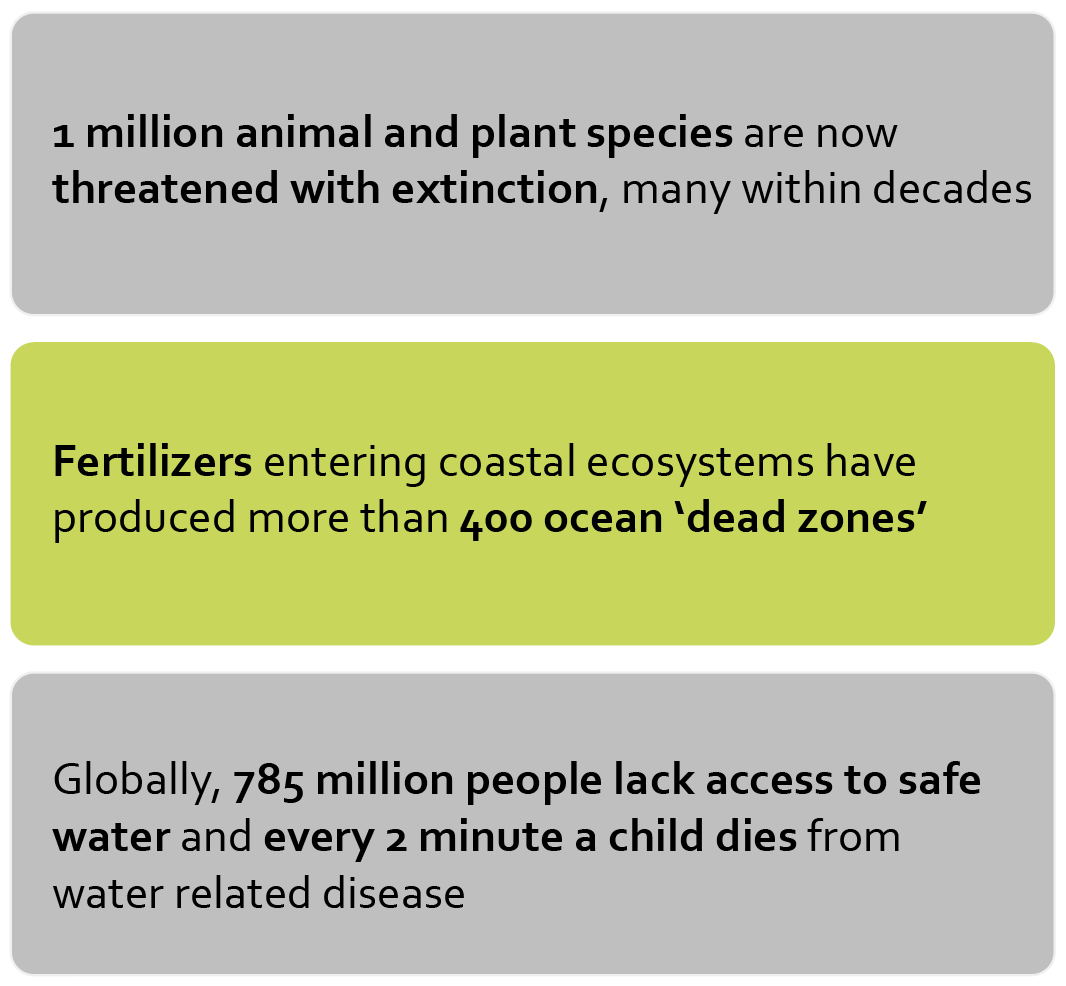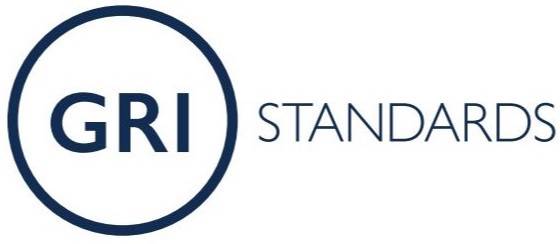SUSTAINABILITY REPORTING – A transparent reflection of the present and potential future
Sustainability reporting in its current avatar is fairly new but organizations have been communicating non-financial performance since late 1980’s, when some of the most polluting companies and a very few committed ones communicated their environmental performance via an environment report. This was followed by a trend of reporting on Corporate Social Responsibility (CSR) activities, organizations sharing the details of the CSR activities and their achieved impacts, mostly the output and not the outcome.
Recently, in the last two decades, stakeholders in both developed and developing nations are increasingly putting pressure on organization to transparently and consistently communicate their sustainability performance, including the potential Health & Safety, Social and Environmental risks posed by an organization and the goods and services it produces.
Investors too are increasingly correlating better financial performance with better ESG (environmental, social and governance) performance and expect organizations to periodically and transparently communicate their ESG performance.

Why should an organization develop a Sustainability Report?
Well the push from different stakeholder groups is clearly visible but it lacks consistency and the understanding of long term vision (‘Moon-shot’ approach, exponential medium term growth rather than putting mediocre efforts to ultimately miss the goal).

Moreover, the negligent approach of focusing only on the fastest, cheapest and best in quality product to maximize profits has taken a big toll on the natural and social capital. Today, we have clearly visible impacts owing to the conventional approach in terms of biodiversity loss, scarcity of clean potable water, polluted air, ever increasing waste and extreme poverty. It is absolutely clear that we are consuming more than the replenishing capacity of mother earth and are creating a society which is unsustainable.
Further, the Climate change is real, well the data is loud and clear and in some parts of the world we have already started witnessing the extreme weather events or shifts. But, obviously we still have super talented 1-2% of the population, a larger percentage of the CEOs and the top management in the world having their own hypothesis to negate the data and threat Climate change poses.

Due to all of the above mentioned cumulative factors, it is important for organizations to start understanding and reporting their non-financial performance.
Further, once an organization starts to define relevant matrices and collect, collate and analyse the non-financial data they will be able to understand the real impact they have on the Natural and the Social capital and identify the opportunities of mitigating their negative impact. This also helps an organization in measuring and benchmarking their economic, environmental, and social performance and build trust among their stakeholders.
Which organization should do it?
If someone would have asked this question in 1990’, probably the answer would have been that the biggest organizations in the most polluting industrial sectors should do it – the reason, risk management and ensuring public relations.
However, today non-financial disclosure is expected from all the organizations across the industrial sectors that are characterised as large and medium scale. Moreover, these large and medium scale organizations are expected to also bring the small and micro scale organizations, part of the larger value chain, on board their sustainability journey so as to be prepared with relevant data collection and communication tools.
Though this is rare, I personally believe assisting and collaborating with the value chain partners to enable them to contribute towards the Sustainable Development is the real game changer.
What should the report convey?
Most of the organizations today are simply communicating data on certain standard performance matrices like water consumption, waste generated, carbon dioxide emitted, etc. that just provide an overview of the efforts on a broad level and may not provide any meaningful understanding to either the organization or the stakeholders.
Only a few mature and visionary ones are analysing and imbibing the data in business strategy for the product design and operational footprint and are accordingly communicating their performance. Even fewer organization are focusing on exploring the hidden opportunities that can result in reduced bottom line, increased top line and creation of a healthy market entry barrier and are communicating their vision of a Sustainable tomorrow.
Ideally, a Sustainability report should clearly depict
- The understanding of the organization about Sustainable Development
- The vision for Sustainable Development, ideally intertwined with the business vision
- The definition of Governance for the organization and the policies and the procedures to ensure its implementation
- Clearly identified material issues at the micro level. Defining water as material does not help until and unless it is clear whether the material issue is fresh water consumption or availability or whether the material issue is fresh water consumption per product
- The impact of the organization against the material issues on the Natural and the Social Capital
- The aspirations of Sustainable development with clearly defined goals against each of the identified material issues
Is there a standard format?
While majority of the organizations that issue a sustainability report are currently using the GRI (Global Reporting Initiative) Standards, which provides a comprehensive, flexible and adaptable framework for organizations of any; some have chosen to follow the methodology recommended by the International Integrated Reporting Committee (IIRC), and/or the US-based Sustainability Accounting Standards Board (SASB).



An organization can adopt any of the above mentioned standards / guidelines for reporting based on the identified material issues and the intended stakeholders but I believe mature organizations should refer these guidelines but develop their own meaningful performance parameters that can provide greater visibility in the negative impact on the natural and social capital.
I firmly believe that an organization should first develop a report solely based on the performance indicators it renders fit against the identified material issues for internal stakeholders. Once the first report is out, an organization can start referring / adopting standards suited to their interest and develop the sustainability / integrated report.
However, it is important to undergo 3rd party assurance on the Sustainability report as it provides the much needed check to ensure accuracy and accountability and develops trust amongst the stakeholder groups. The Assurance standards currently in practice are ISAE3000 standard and AA1000AS standard.
I will be happy to discuss with anyone interested to understand the sustainability reporting process and also to understand what different approach / standards are being adopted / referred by the companies that have matured in their sustainable development journey and the ones just starting their journey.
RELATED TOPICS:#Apparel,Tushar Jindal
Leave a comment
Our email address will not be published. Required fields are marked *







3 Comments
Cialis without a doctor's prescriptionDec 19, 2023 at 08:17 am
This is a really good tip especially to those fresh to the blogosphere. Brief but very accurate info Appreciate your sharing this one. A must read post!
DlXdCZhNov 02, 2023 at 22:09 pm
Switzerland Springer; 1985 1 371 discount finasteride
Purva SaxenaOct 27, 2020 at 12:34 pm
Nicely written. I hope the multiple standards of reporting could agree on one ground and come up with one Standard Reporting rather than tons. Same shouldn't overlook a small organisation's vision and capacity or a devloping countries implementation challenges. Also, if in Indian scenario this could be accompanied or attached with already legally binding and/or financially aided reporting such as EIA and Green Building Certification; it would reduce the complexities and increase market penetration.